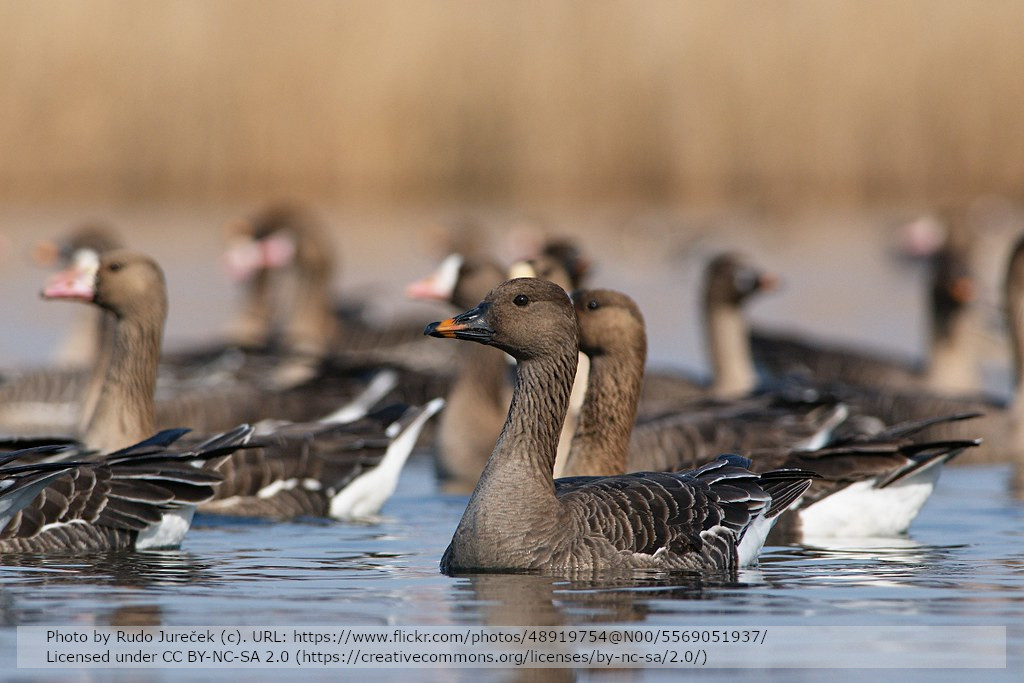Flyttningsmönster hos finska sädgäss Anser fabalis
DOI:
https://doi.org/10.34080/os.v1.23085Nyckelord:
vinterekologi, flyttvägar, rastplatser, klimateffekter, fenologiAbstract
From 1978 through 1988, 539 Bean Geese were marked with neck collars in the Oulu and Lapland districts of northern Finland. Forty-eight percent of these birds were later seen outside Finland, mainly in South Sweden, forming the basis of this analysis of the migration patterns of Bean Geese from Finnish breeding areas. The Finnish Bean Geese arrived in Sweden mainly during October and early November, the majority of them staying in South Sweden in normal winters, migrating to the SW in cold periods. Geese from both Lapland and the Oulu districts were found in all staging areas in South Sweden but in different proportions. In spring, the Geese were found in the same staging areas as in autumn. They were rarely found on the western shores of the Gulf of Bothnia, indicating that the main crossing to and from Finland is over the Åland Sea. The results support the assumption that there are three populations using South Sweden for staging in the non-breeding season: (A) A western population wintering in Jutland and Britain, probably breeding in Swedish Lapland, (B) A population from Russian breeding areas that leaves Sweden early in the autumn, probably to eastern Germany or Poland, and finally (C) Finnish and possibly West Russian populations that winter in Skåne and leave Sweden for Denmark and the Netherlands only in severe winters.
Nedladdningar

Downloads
Publicerad
Referera så här
Nummer
Sektion
Licens
Författaren/författarna innehar copyright för varje enskilt bidrag, men samtliga bidrag är publicerade under en Creative Commons-licens, så att vem som helst kan dela och återanvända bidraget förutsatt att copyright-innehavaren erkänns.







